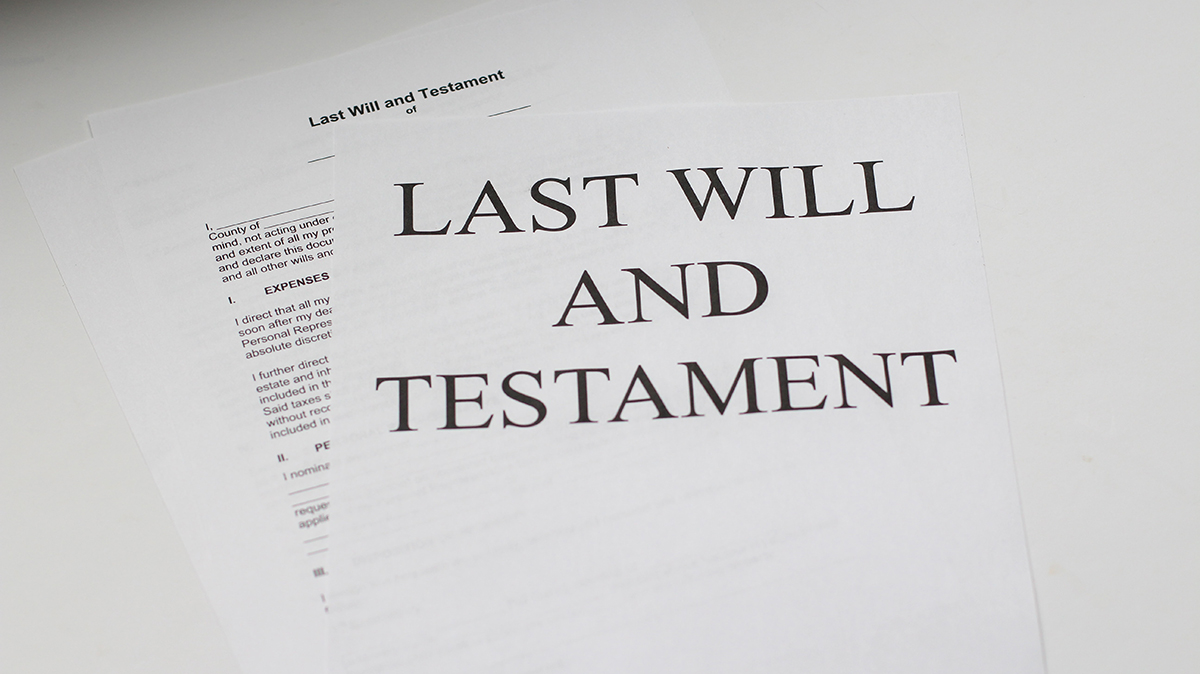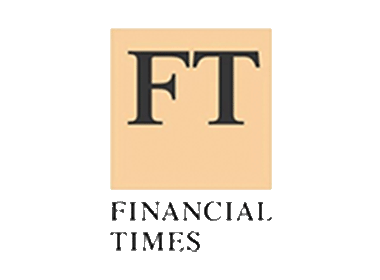One of the most important questions any investor should ask themselves, is whether to take an active or passive approach when selecting the investments that will sit within a portfolio.
An active investing strategy aims to outperform the market. The goal is to beat a particular benchmark. Active investing means you (or a mutual fund manager or other investment advisor) are going to use an investment approach that typically involves research such as fundamental analysis, micro and macroeconomic analysis and/or technical analysis, because you think picking investments in this way can deliver a better outcome than owning the market in its entirety.
With a passive investment approach you would buy index funds and own the entire spectrum of available stocks and bonds. With a passive approach you simply want to make money based on the collective outcome of all stocks and bonds pooled together.
One of the main variables when considering which approach to take is the cost involved. More and more investors are taking note that the high fees they pay a person to manage their money often aren’t yielding better results.
Contrary to the impression you might get from the advertising produced by the funds industry, very few active fund managers are able to consistently outperform the markets they aspire to beat. For example, analysis of the UK All Companies sector at the end of 2010 showed that only 24% of actively managed funds managed to beat the benchmark stock market (the FTSE All Share) over the previous decade.
Passive funds track an index or a basket of companies. While they may be less glamorous, they’re also a lot cheaper than their more active peers. Fees are sometimes as low as 0.1% to 0.2%.
And of course one of the biggest drags on this performance is the cost. For the privilege of getting an expert fund manager, you have to pay much higher fees than you would with a passive investment fund. The typical ongoing charge figure for an actively managed fund is 0.85%, rising to 1% in contrast, passive funds can be held for as little as 0.1%.
In his eloquent opening statement prepared for just such an active vs. passive debate in October 1995, Rex Sinquefield, co-founder of DFA and now a director with the fund company, elaborated on the temptation of active investing. “It’s easy to understand the allure, the seductive power of active management. After all, it’s exciting, fun to dip and dart, pick stocks and time markets; to get paid high fees for this, and to do it all with someone else’s money,” Sinquefield stated.
Now, if you’re lucky enough to select the right actively managed fund, you could make much more money than you would with a passive investment. There are some very skilled managers, who have built up reputations of consistent high returns.
But by investing passively, an investor will gain exposure to broadly diversified lists of stocks. The performance advantages over long periods of time are in no small part the result of low fees and expenses, as well as limited portfolio turnover that mitigates trading costs.
Find out how we can help you
If you would like to understand more about this topic get in touch
Related posts
 Published On: February 24, 2021|7.4 min read|
Published On: February 24, 2021|7.4 min read|Could You Be Heading For A US Estate Tax Bill, By Holding US Stock?
The Often Unknown Tax Liability Facing Foreign Investors in U.S. Equities....... Many investors assume that the US federal estate tax only applies to those domiciled or resident in the [...]
Read more
 Published On: November 29, 2019|7.9 min read|
Published On: November 29, 2019|7.9 min read|AES INTERNATIONAL REVIEWS
See what my clients say......... I am proud to be appearing in the Times newspapers guide to the UK's top rated financial advisers for 2020, in association with VouchedFor. [...]
Read more
 Published On: March 11, 2019|2.4 min read|
Published On: March 11, 2019|2.4 min read|Organizing a UK Power of attorney
Often at some stage in life loved ones may become unable to look after their own affairs, and they will generally want those closest to them to look after [...]
Read more









